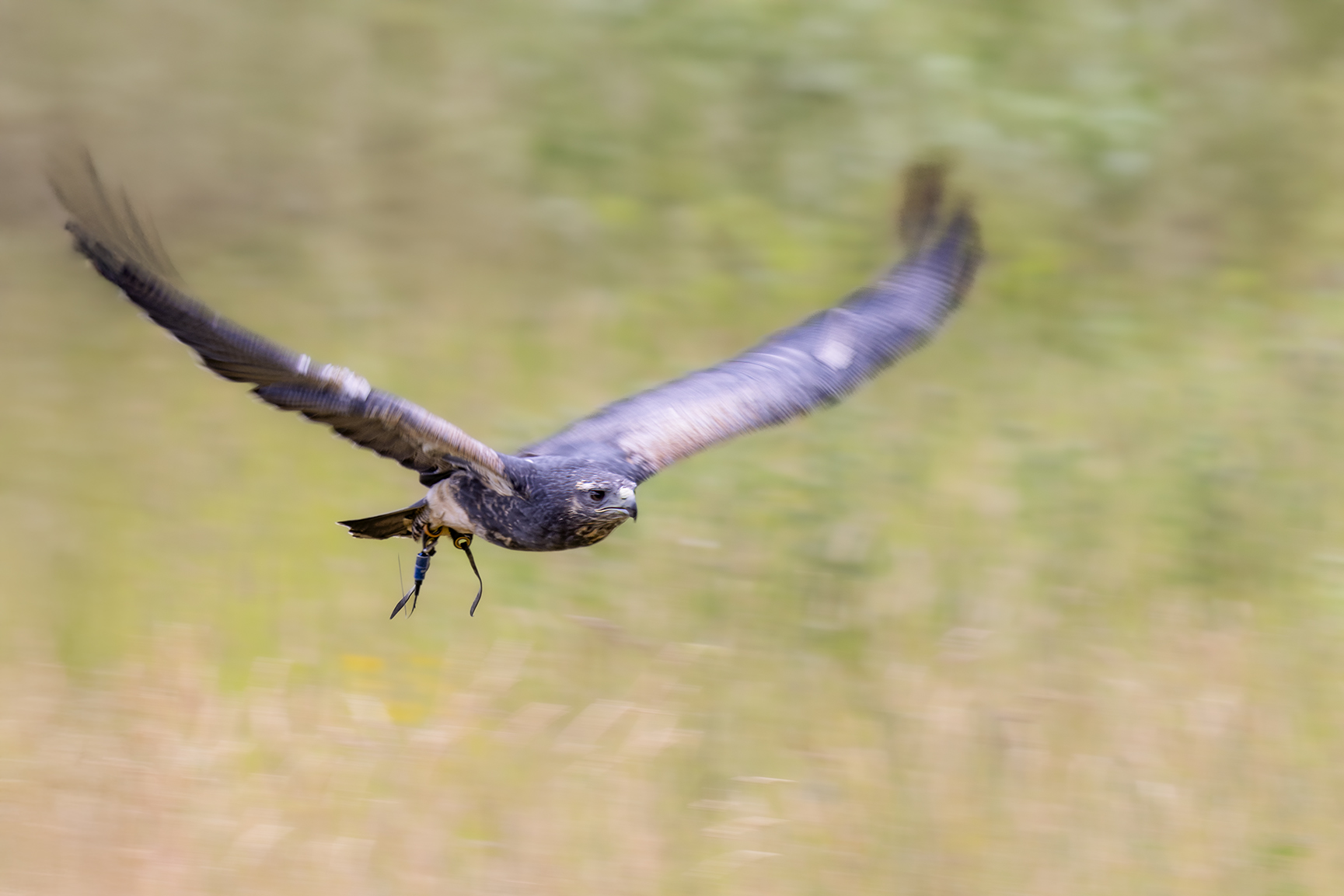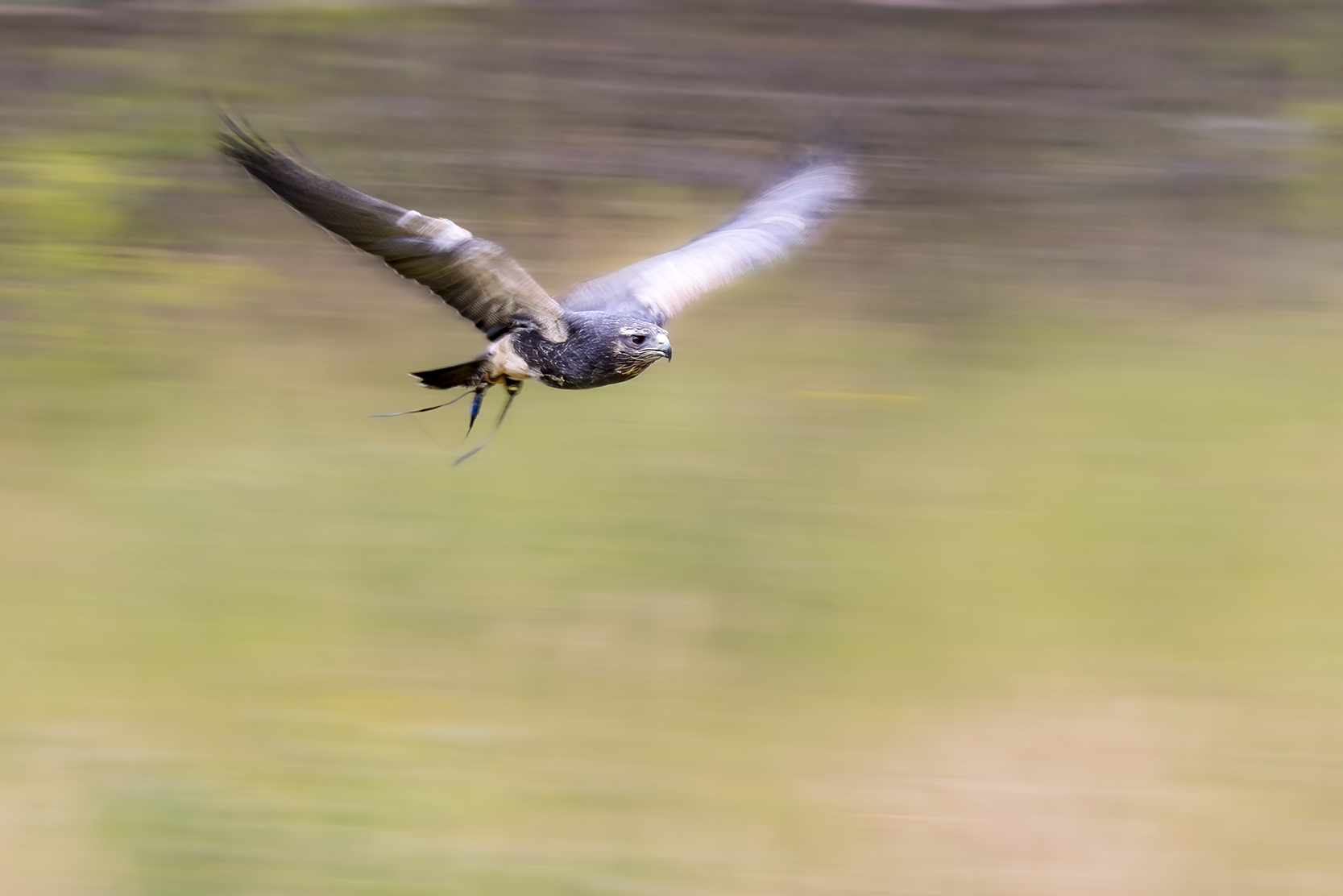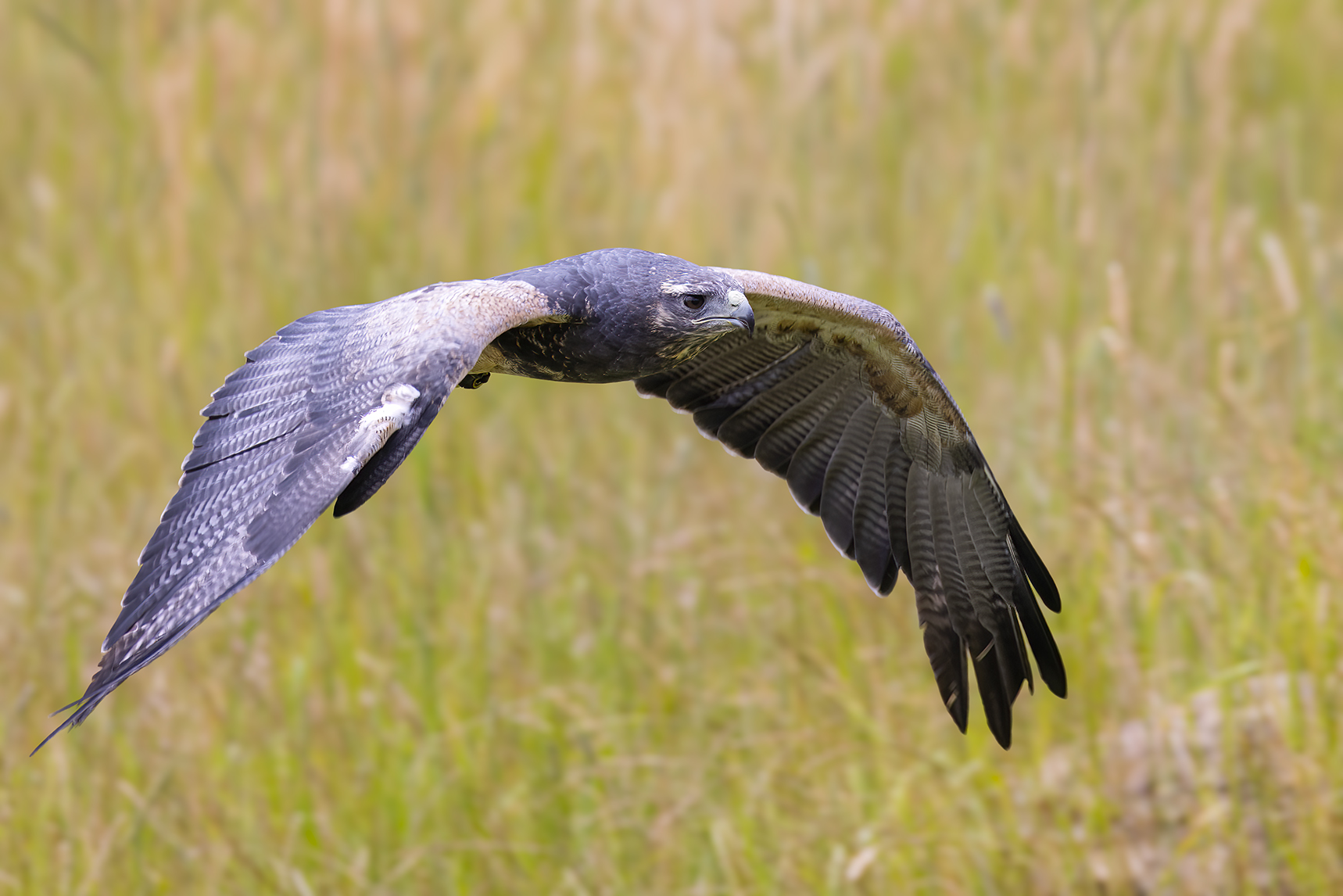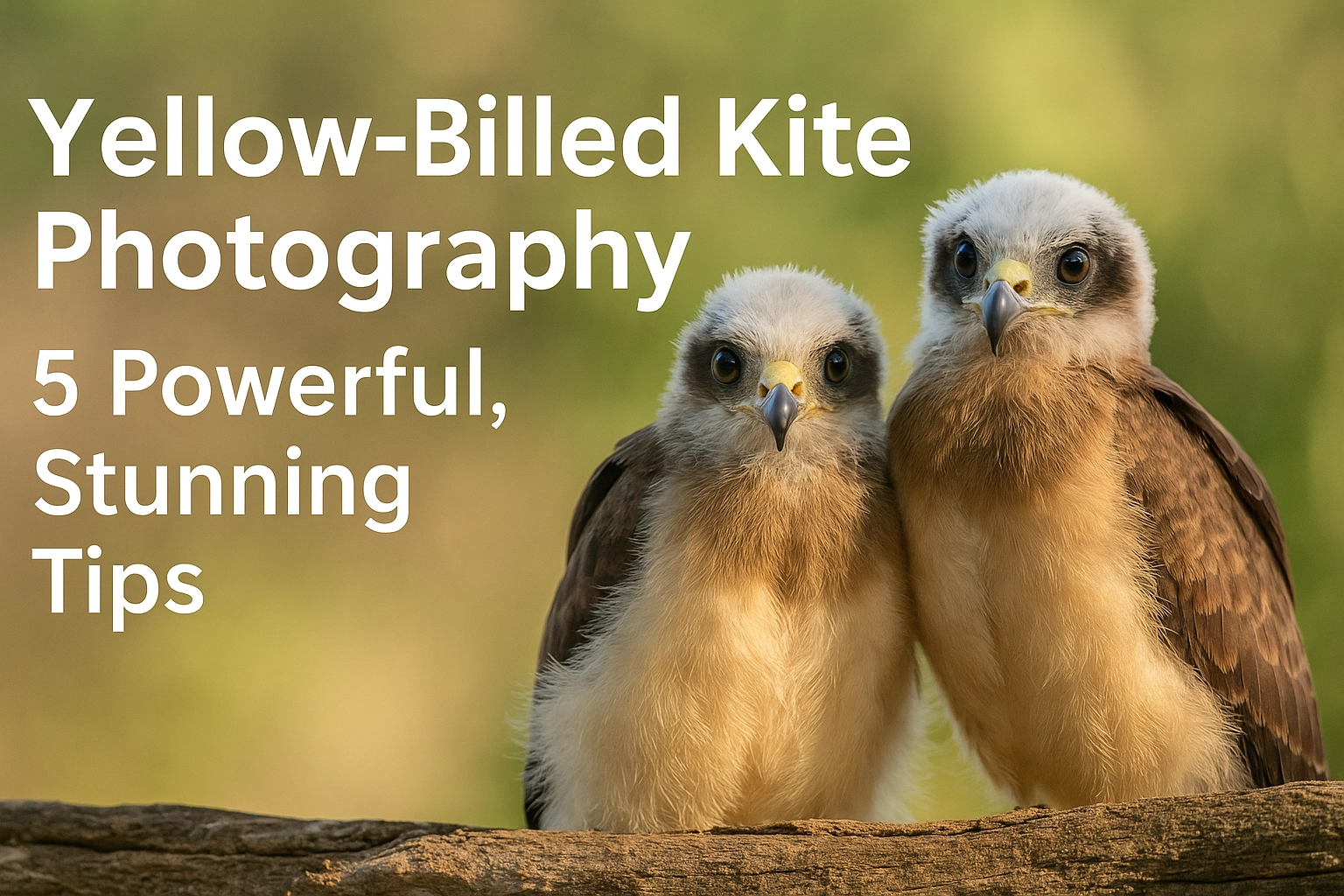
Chilean Blue Buzzard-Eagle Photography at Millets Falconry
Introduction
The Chilean Blue Buzzard-Eagle (Geranoaetus melanoleucus), also known as the Black-chested Buzzard-Eagle, is a striking raptor of the South American highlands, famed for its imposing wingspan and distinctive slate-grey plumage. Photographing this powerful eagle at Millets Falconry Centre in Oxfordshire offers UK photographers the rare chance to study and capture an Andean hunter without travelling to South America, a quick guide to the Chilean Blue Buzzard-Eagle Photography.
Table of Contents
ToggleThis post shares the experience, practical photography insights, and field facts to help you prepare if you plan to photograph the Chilean Blue Buzzard-Eagle or refine your birds of prey techniques closer to home.
Location: Millets Falconry Centre, Oxfordshire
? Millets Falconry Centre
Millets Farm Centre, Kingston Road, Frilford, Abingdon, Oxfordshire, OX13 5HB
Millets Falconry is one of the South of England’s most accessible falconry centres for photographers, offering clear viewing areas, knowledgeable handlers, and daily flying displays that showcase the eagle’s impressive flight style.
Facilities include:
- Ample parking
- On-site café and farm shop
- Open display arenas with clear sightlines
- Photographer-friendly staff who understand the needs of bird photographers
Displays take place in well-lit outdoor spaces, providing plenty of opportunities for clean, dynamic images.
The Falconry Experience for Photographers
Photographing the Chilean Blue Buzzard-Eagle is a thrilling blend of portrait work and dramatic flight action. The eagle’s broad wings and powerful glides make it an inspiring subject for those wanting to practise panning and in-flight tracking.
Key practical notes:
- Flying Displays: Held mid-morning and afternoon. Arrive early for best vantage points.
- Lighting: Good natural light; slightly overcast days help reduce harsh shadows.
- Lens Recommendation: A 100–400mm or 70–200mm lens balances portraits and flight shots well.
- Tripods/Monopods: Optional; handheld shooting is preferable for tracking its wide, gliding flights.
The eagle’s steady glides and occasional soaring stoops provide ample time to adjust your tracking and composition.

About the Chilean Blue Buzzard-Eagle
Native to the Andean mountains and open grasslands of South America, the Chilean Blue Buzzard-Eagle is a symbol of rugged highland wilderness, often seen perched on rocky outcrops scanning for small mammals and carrion.
Table of Facts for Your Field Notes
| Feature | Details |
|---|---|
| Scientific Name | Geranoaetus melanoleucus |
| Wingspan | 180–200 cm |
| Weight | 2,000–3,000 grams |
| Flight Speed | Soaring and gliding with bursts of powerful flaps |
| Distinct Features | Slate-grey back, white belly, black chest band |
| Habitat | Andes mountains, grasslands, cliffs |
| Diet | Rabbits, rodents, carrion |
| Call | Loud, high-pitched whistles |
Its large size, unique two-tone plumage, and piercing gaze make it a standout subject for wildlife portfolios.
Buzzard-Eagle Facts for Photographers
Plumage and Markings
This eagle features a striking slate-grey back, black chest band, and white underparts, creating high contrast for dramatic in-flight and perched shots.
Flight Behaviour
Known for broad, gliding flight, it often soars on thermals, making it easier to track than smaller, faster raptors.
Portrait Opportunities
When perched, focus on its strong, hooked beak and intense yellow eyes. The feather texture and chest markings add visual interest for close-up shots.

Photography Tips for Chilean Blue Buzzard-Eagles
✅ Fast Shutter Speeds: 1/2000s or faster for in-flight shots.
✅ Continuous AF (AI Servo): Ideal for tracking glides and stoops.
✅ Burst Mode: Capture sequences during lift-offs and landings.
✅ Aperture: f/5.6–f/8 balances depth and detail.
✅ Composition: Leave space for the eagle’s direction of flight for dramatic impact.
✅ Portraits: Aim for direct eye contact and showcase its impressive chest band and beak detail.
Closing Thoughts
Photographing the Chilean Blue Buzzard-Eagle at Millets Falconry is a rewarding way to practise both action shots and powerful raptor portraits without leaving the UK. Its striking plumage, broad wings, and commanding presence make it a fantastic addition to any birds of prey portfolio.
Whether you’re sharpening your birds-in-flight skills or expanding your collection of eagle portraits, this majestic Andean hunter offers an unforgettable session that bridges controlled environment shooting with the thrill of true wilderness species.

FAQ
Q: What is the best lens for photographing the Chilean Blue Buzzard-Eagle at Millets Falconry?
A: A 100–400mm or 70–200mm lens is ideal for versatile coverage from portraits to flight shots.
Q: Can I photograph the eagle in flight?
A: Yes — Millets Falconry’s daily flying displays offer superb opportunities for dynamic in-flight images.
Q: Is the eagle fast in flight?
A: It has a broad, soaring flight style that is easier to track than smaller falcons.
Q: Do I need prior experience to photograph large raptors here?
A: No — Millets is beginner-friendly and designed to help you build confidence while respecting the birds’ welfare.
Q: What camera settings should I start with?
A: Begin with 1/2000s, f/5.6–f/8, and ISO 400–800, adjusting as needed for light conditions to maintain sharp wing and feather detail.
Stephen Paul Young
I’m Steve (Stephen Paul Young), a landscape, digital and film photographer with a deep love for capturing the beauty of nature, light, and atmosphere. Whether I’m out at dawn chasing the perfect sunrise, exploring woodland trails, or experimenting with black-and-white film, photography is my way of seeing the world. I’m drawn to the small details and the big vistas alike, always looking for that moment where light, texture, and emotion come together. For me, photography isn’t just about taking pictures—it’s about storytelling, connection, and the joy of being present in the landscape.
You May Also Like

Street Photography with Kentmere Pan 400: Witney and Winchester
2 December 2024
Briksdal Glacier Photography: Capturing the Autumn Splendor of Norway’s Iconic Landscape
11 October 2024
